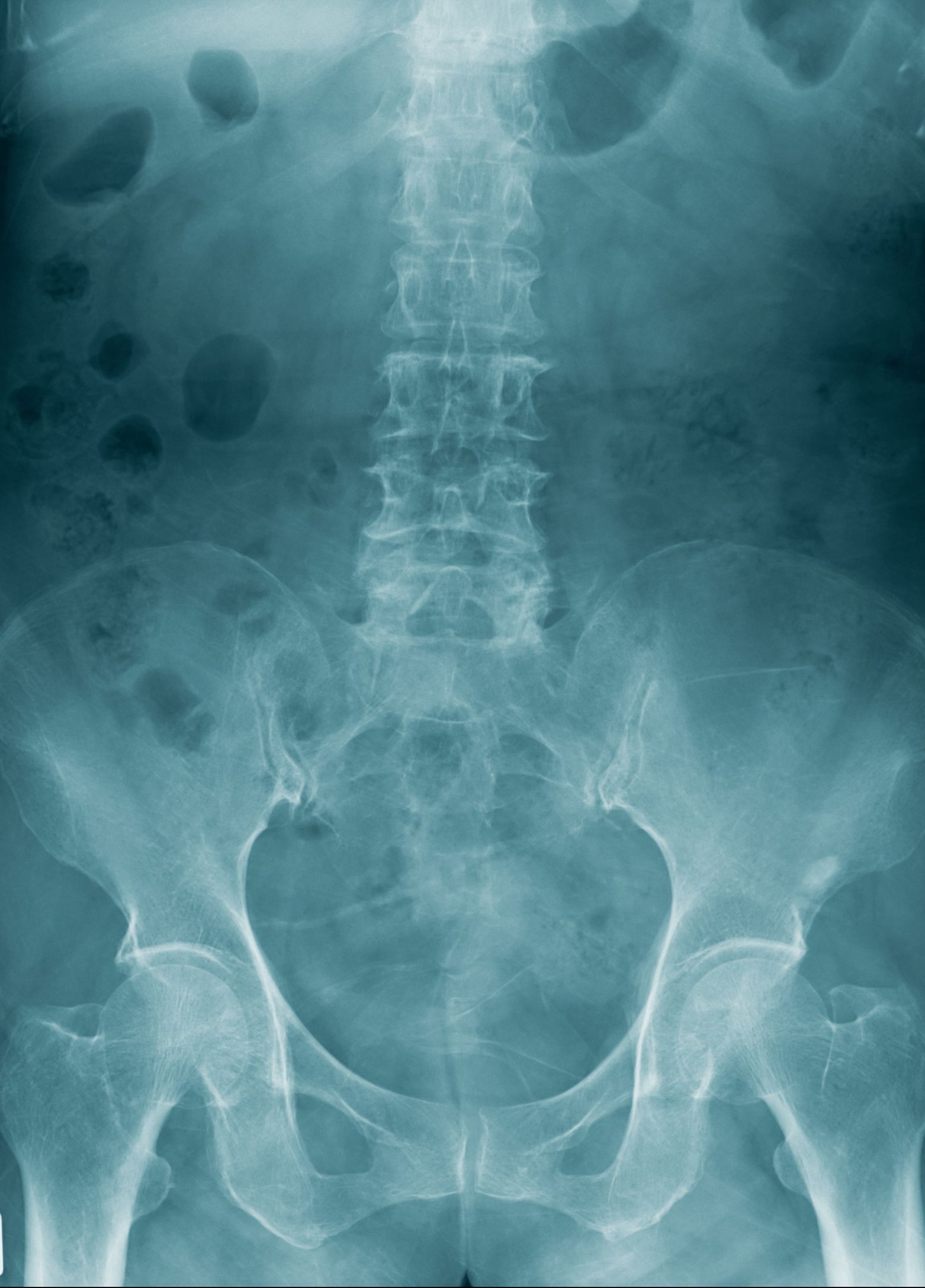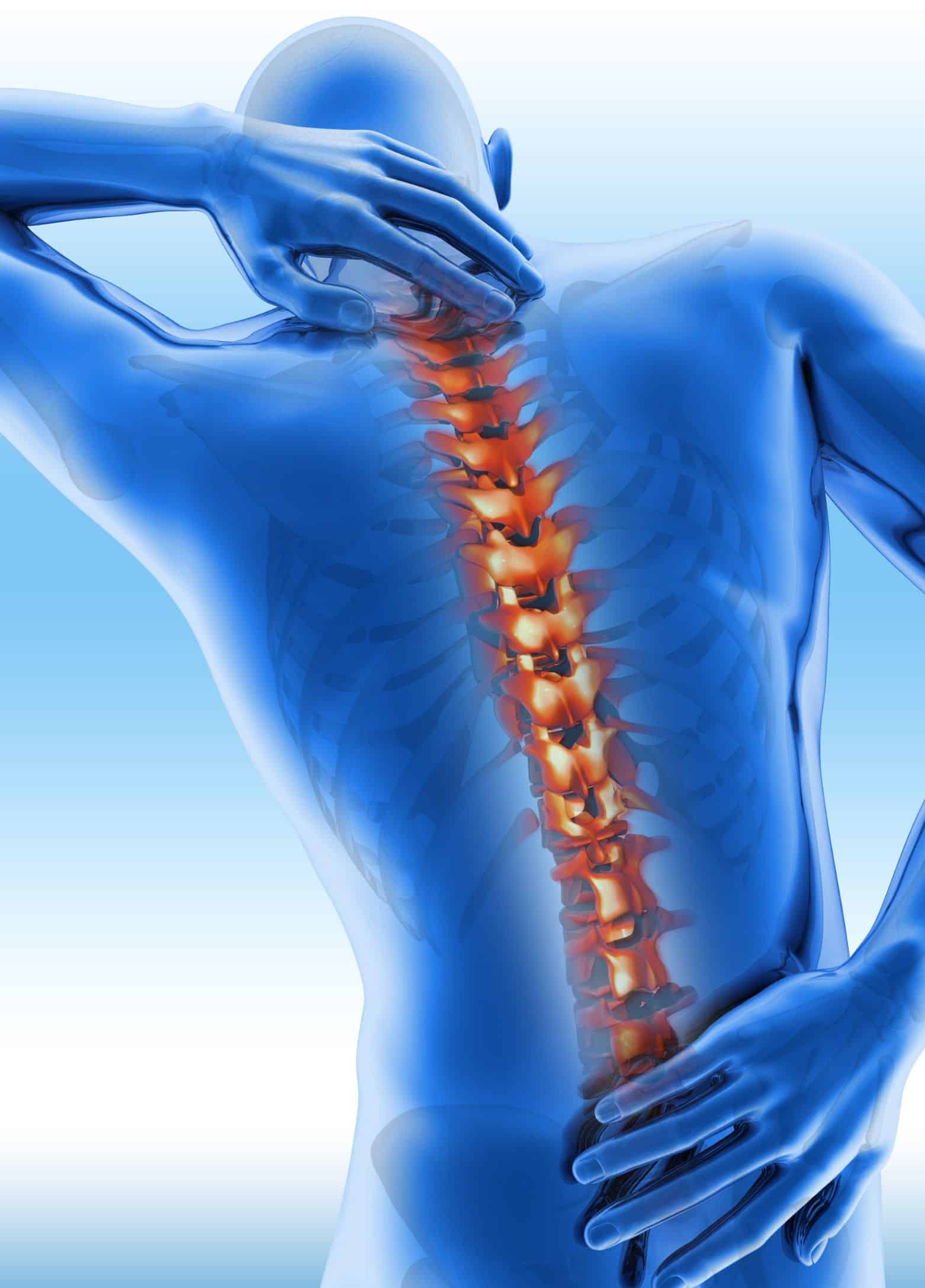Vertebral Compression Fractures in Chicago
Home » Vertebral Compression Fractures
Vertebral Compression Fractures
Compression fractures of the back are broken vertebrae, which are the bones of the spine.
Causes
In a compression fracture of the vertebra, the vertebral bone collapses. More than one vertebra may be affected. This condition may be caused by:
Osteoporosis (the most common cause), which is caused by weakening of the bone due to the loss of calcium and other factors.
Trauma to the back
Tumors that started in the bone or spread to the bone from elsewhere
When the fracture occurs as a result of osteoporosis, the vertebrae in the chest (thoracic) or the lower back are usually affected. During the early stages, a break in the bone can get worse without any symptoms. Pain or other symptoms may be worse with walking, and are often not present when resting.
Multiple fractures may lead to kyphosis, a hump-like curvature of the spine (like the Hunchback of Notre Dame).

Symptoms
Compression fractures may also occur suddenly, causing severe back pain that is:
Most commonly felt in mid to lower part of the spine, but may also be felt on the sides or in the front.
Described as “knifelike” and usually disabling, often taking weeks to months to go away
Pressure on the spinal cord from kyphosis may rarely produce symptoms of:
- Numbness
- Tingling
- WeaknessDifficulty walking
- Loss of control of the bowel or bladder

Exams and Tests
Physical examination may show hunchback (kyphosis). There is also tenderness over the injured vertebrae.
A spine x-ray shows at least one compressed vertebra that is shorter than the other vertebrae.
Other tests that may be done:
- A bone density test to evaluate for osteoporosis
- A CT or MRI scan if there is concern that the fracture was caused by a tumor, or if the fracture was caused by high-energy trauma (such as a fall from a height or car accident)
Treatment
Most compression fractures are found in elderly patients with osteoporosis. These fractures generally do not cause injury to the spinal cord. In these patients, the osteoporosis is treated with prescription medications and calcium supplements.
Otherwise, the pain from these fractures is treated with pain medicines and bed rest at first. Narcotics are often needed. Some health care providers recommend back braces, but these may further weaken the bones and increase your risk of developing more fractures in the future.
Patients may benefit from some physical therapy to help with movement and building up muscle strength around the spine.
Surgery is rarely considered. However, if 2 months or more of bed rest, pain medicines, and physical therapy cannot relieve the back pain, surgery can be option. Two minimally invasive techniques are available:

Balloon kyphoplasty:
A large needle is inserted into the compressed vertebra. A balloon is inserted into the bone through the needle and inflated, restoring the height of the vertebra. Cement is injected into this space to make sure it does not collapse again. This procedure is generally done under general anesthesia.
Vertebroplasty:
This is a similar procedure in which cement is injected into the bone of the vertebra. This procedure is done under local anesthesia and sedation. If the fracture is caused by a tumor, a piece of the bone may need to be surgically removed and examined under a microscope (biopsy). Then the tumor is treated. Fractures from trauma often require a brace for 6 – 10 weeks to protect the bone as it heals. If there is bone in the spinal canal, you may need surgery to remove the bone and fuse the vertebrae together to stabilize the spine.Surgery is almost always necessary if there is any loss of function because of bone pressing on the spinal cord or spinal nerves.
Outlook (Prognosis)
Most compression fractures from trauma will heal in 8 – 10 weeks with rest, bracing, and pain medications. Recovery time will be many weeks longer if surgery is necessary.
Fractures due to osteoprosis usually become less painful with rest and pain medications, but some can cause chronic pain and disability.
While medications to treat osteoporosis can help prevent future fractures, the collapse of the vertebrae that has already occurred cannot be reversed.
For compression fractures caused by tumors, the outcome depends on the type of tumor involved. Some common tumors that involve the spine include:
- Breast cancer
- Lung cancer
- Lymphoma
- Prostate cancer

